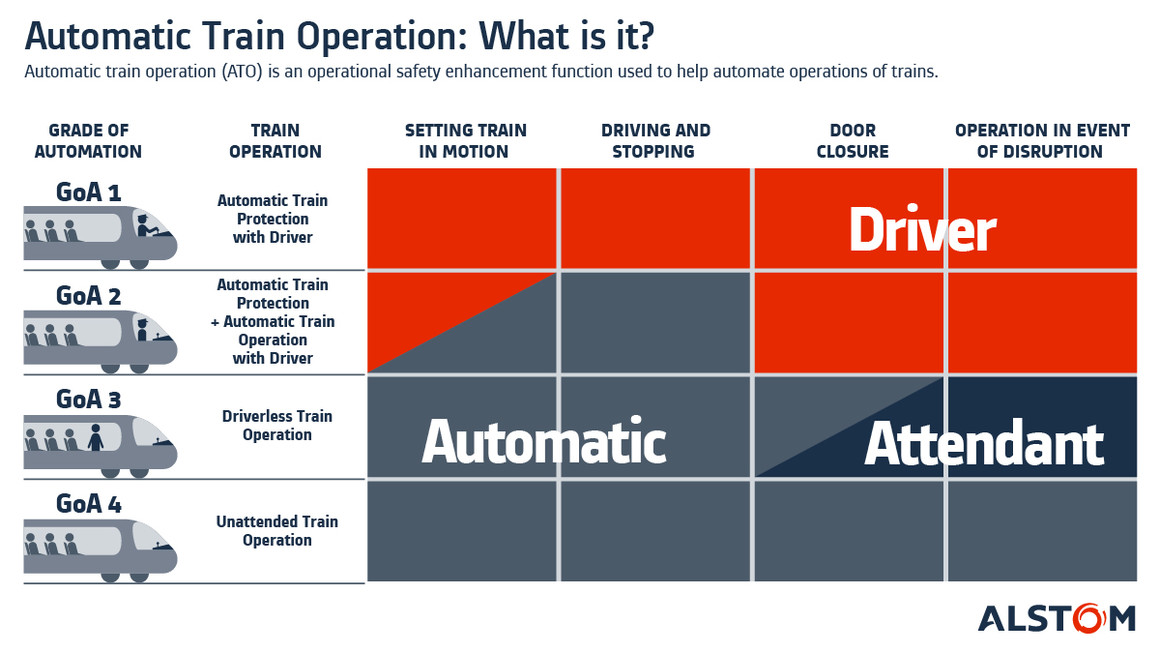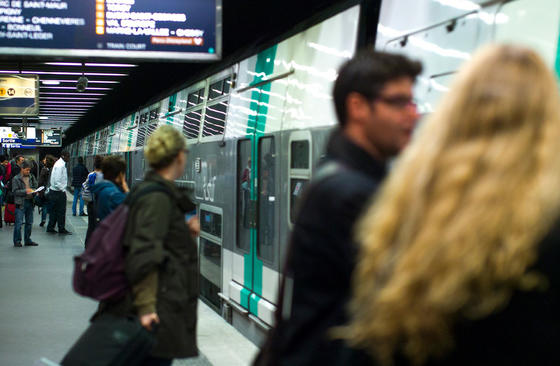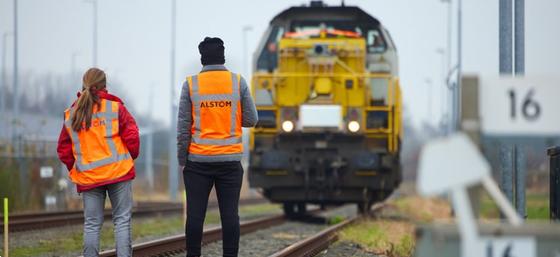
Alstom demonstrates fully autonomous driving of a shunting locomotive in the Netherlands
Alstom demonstrates fully autonomous driving of a shunting locomotive in the Netherlands
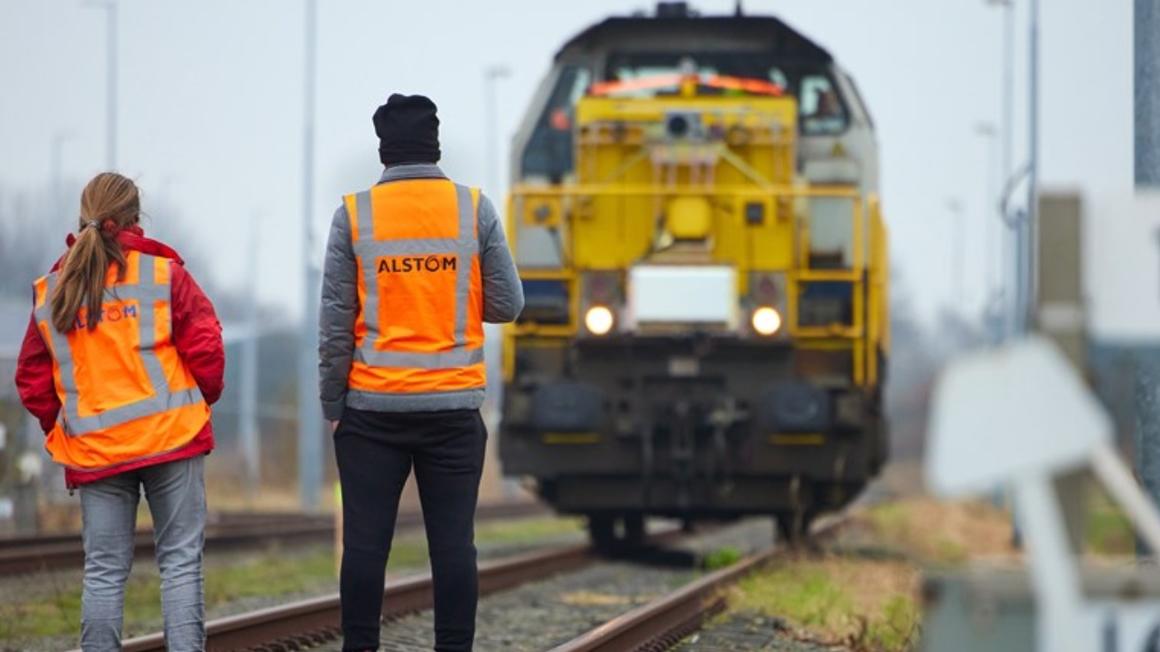
Press contact - Samuel Miller
Samuel Miller
Send an emailPress contacts - Benelux
Mattias Baertsoen
Send an email-
Highest possible grade of automation demonstrated for shunting locomotive operations for the first time
-
Advanced digital solutions to optimise operational performance, boost capacity and drive transition to sustainable transportation
29 November 2022 – Alstom, global leader in smart and sustainable mobility, has demonstrated the highest grade of automation on a shunting locomotive near Breda, the Netherlands, in partnership with Dutch infrastructure manager ProRail and Belgian rail freight operator Lineas. This grade of automation, known as GoA4, means fully automated starting, driving, stopping, and the handling of unanticipated obstacles or events without the direct involvement of any on-train staff during shunting activities. This demonstration concludes a series of tests that are part of an ongoing partnership between Alstom, ProRail and Lineas.
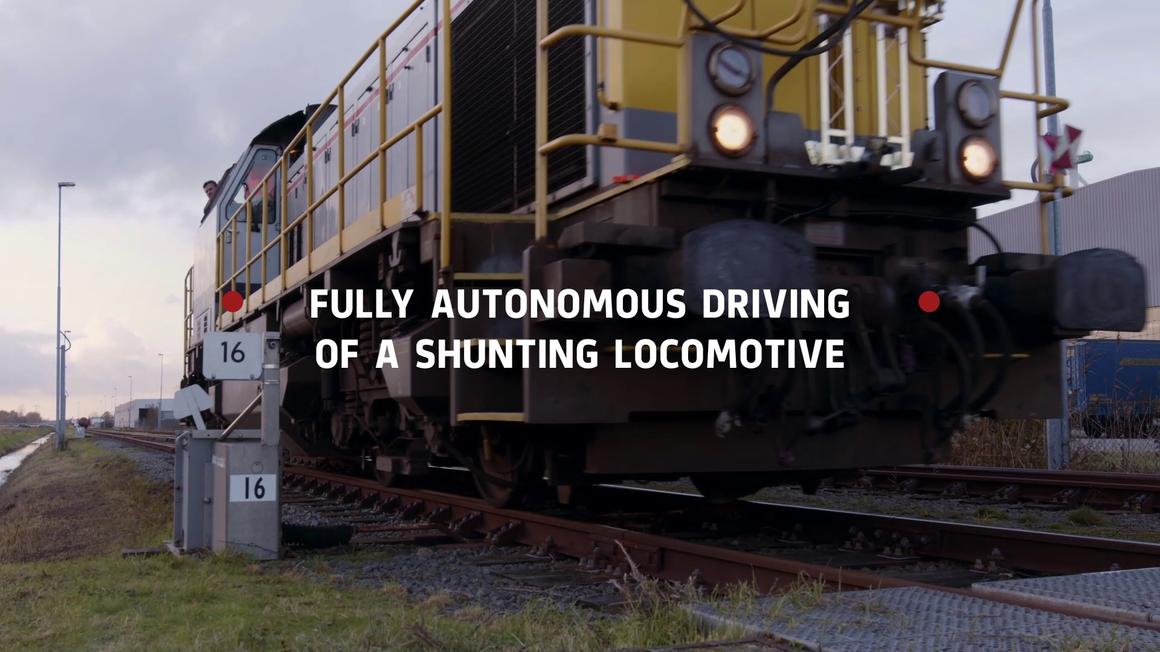
“By integrating advanced obstacle detection into our autonomous driving systems, we have shown that it possible to make trains “see” ahead and cope safely with the unexpected. The positive results prove that Alstom possesses the technology required to support operators with autonomous driving technologies that will ultimately improve the operational performance on freight lines."
The objective of the demonstration was to showcase how the intelligent obstacle detection and recognition system (ODS) works seamlessly with Alstom’s Automatic Train Operation system (ATO) to allow the train to react autonomously to various obstacles. This paves the way for the broader usage of autonomous driving into shunting operations, with the goal of increasing the capacity of freight operations; an example of advanced digital technologies driving cost-effective and sustainable mobility in the face of growing demand for freight and passenger services.
“By integrating advanced obstacle detection into our autonomous driving systems, we have shown that it possible to make trains “see” ahead and cope safely with the unexpected. The positive results prove that Alstom possesses the technology required to support operators with autonomous driving technologies that will ultimately improve the operational performance on freight lines. Through digitalisation, we will accelerate the transition towards more efficient, seamless, and sustainable transport systems,” says Stéphane Féray-Beaumont, Vice-President of Innovation & Smart Mobility at Alstom.
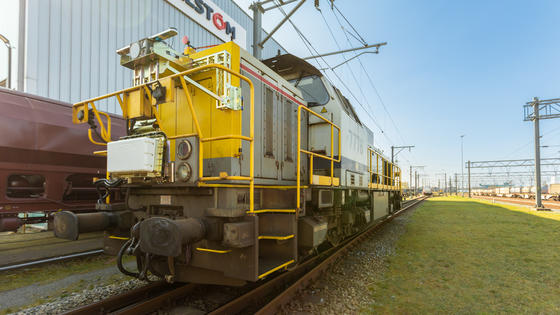
For the demonstration, a diesel-hydraulic shunting locomotive owned by Lineas was equipped with the Alstom ATO technology interfacing with an intelligent obstacle detection and recognition systems (ODS) developed by NIART by Elta[1]. The locomotive, running autonomously, was presented with various obstacles – a person, a car, a rail wagon and an incorrectly-positioned switch – and reacted entirely autonomously and without the intervention of any active staff aboard. The ODS proved to be effective up to 500 meters away from obstacles in real-world conditions, providing a significant safety buffer in shunting yards.
NIART’s ODS is a perception system based on high resolution digital radar fused with multi-spectral electro-optics powered by classical and machine learning algorithms to detect and classify obstacles on the train route in all weather and visibility conditions. The system is a complete, self-contained on-board solution able to provide the ATO system with the information it needs to make autonomous driving decisions.
Alstom is leading the development of ATO systems in the railway sector. The Group has carried out successful ATO tests in France, Germany, Belgium, the Netherlands, Switzerland, and the UK. The current tests at GoA4 being carried out in the Netherlands are designed to prepare the terrain for a wide range of applications in commercial operation on main lines across all grades of automation.
Alstom has demonstrated the advantages of ATO in metro transport systems around the world. Experience shows that automation leads to network capacity increase, cost reduction, energy savings and flexibility of operations. Automatic trains can run closer together, effectively increasing network capacity. Trains also operate more uniformly, leading to more effective use of energy. Automation in rail is a way for operators to maximise the productivity of their networks without making expensive changes to the infrastructure.
[1] NIART by Elta is an automotive systems spin-off created by Elta Systems.
To learn more about autonomous mobility and the grades of automation, see:
